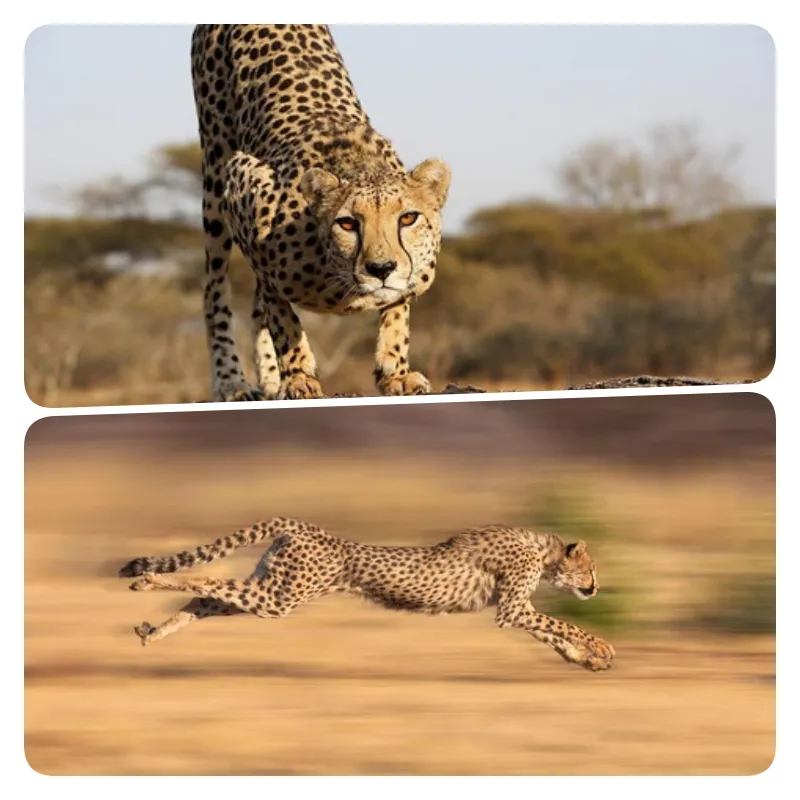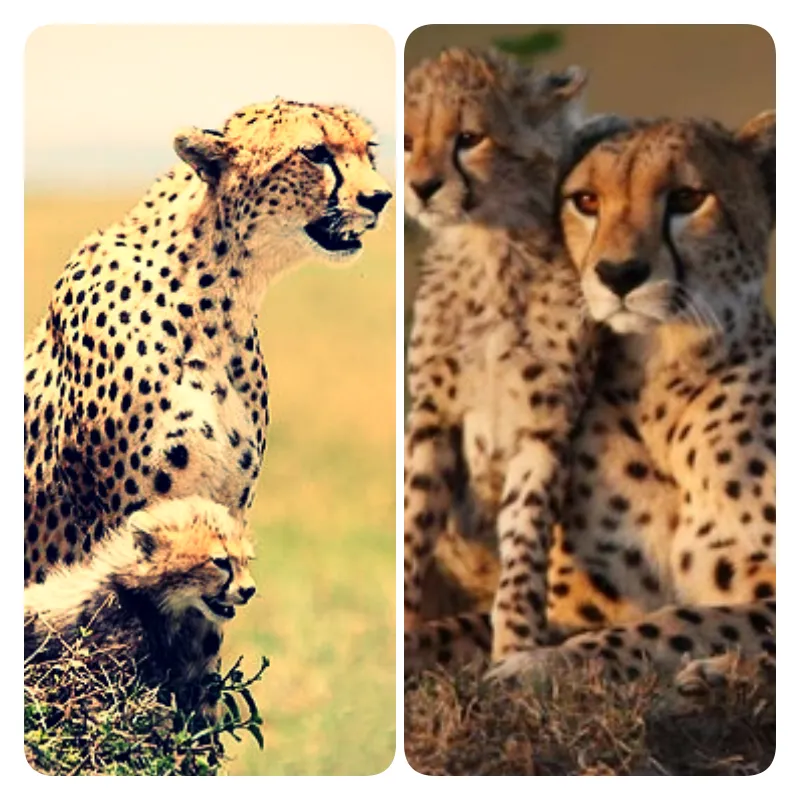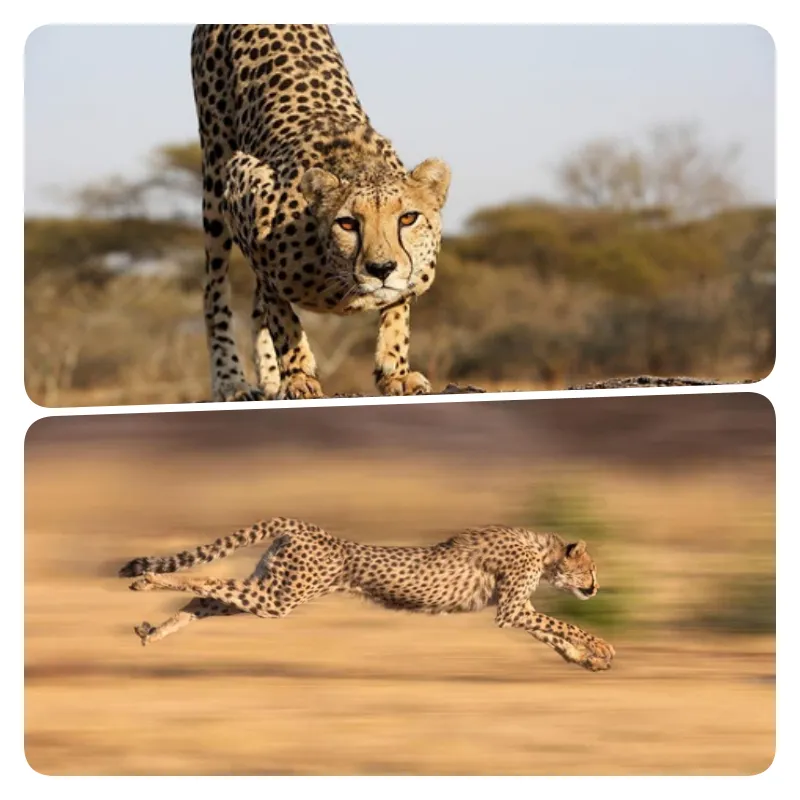Why Cheetahs are the Fastest Animals on Earth
Why Cheetahs are the Fastest Animals on Earth
Scientists have discovered that the cheetah’s unmatched speed, reaching over 100 km/h, is due to its perfectly balanced body weight. Fast animals like cheetahs typically have medium-sized bodies. An international research team from Imperial College London, Harvard University, the University of Queensland, and the University of the Sunshine Coast explored the reasons behind this and published their findings in Nature Communications on March 13, as reported by Newsweek.

Dr. David Labonte from the Department of Bioengineering at Imperial College London and his colleagues identified two key factors limiting an animal’s running speed: how quickly and extensively their muscles can contract. The first limitation, known as the “momentum capability limit,” affects smaller animals, determining how fast their muscles can contract. The second limitation, the “activity capability limit,” impacts larger animals, constraining the extent of their muscle contractions.
Professor Christofer Clemente from the University of the Sunshine Coast and the University of Queensland explained that large animals like cheetahs exist at an optimal physical point around 50 kg, where these two limits intersect. This unique balance makes them the fastest land animals, capable of reaching speeds of up to 105 km/h.
When validating their model, the researchers found that it accurately predicted the maximum running speeds of various animals, including large mammals, birds, and lizards. The model not only explains why some species run faster than others but also sheds light on muscle evolution and provides insights into why there are significant differences in speed across animal groups. For example, why are large reptiles like crocodiles slower than mammals?

Taylor Dick, a co-author of the study from the University of Queensland, explained that the slower movement of large reptiles like crocodiles is due to their limb muscles making up a smaller percentage of their body mass. They need to reach their activity capability limit at a lower body weight, meaning they must be smaller to move quickly. For large animals like rhinos and elephants, running is akin to lifting a massive weight because their relatively weak muscles require more effort to overcome gravity. As a result, animals tend to move slower as they grow larger.
The study also pointed out that the heaviest living land animal today is the African elephant, weighing in at 6.6 tons.









Post Comment